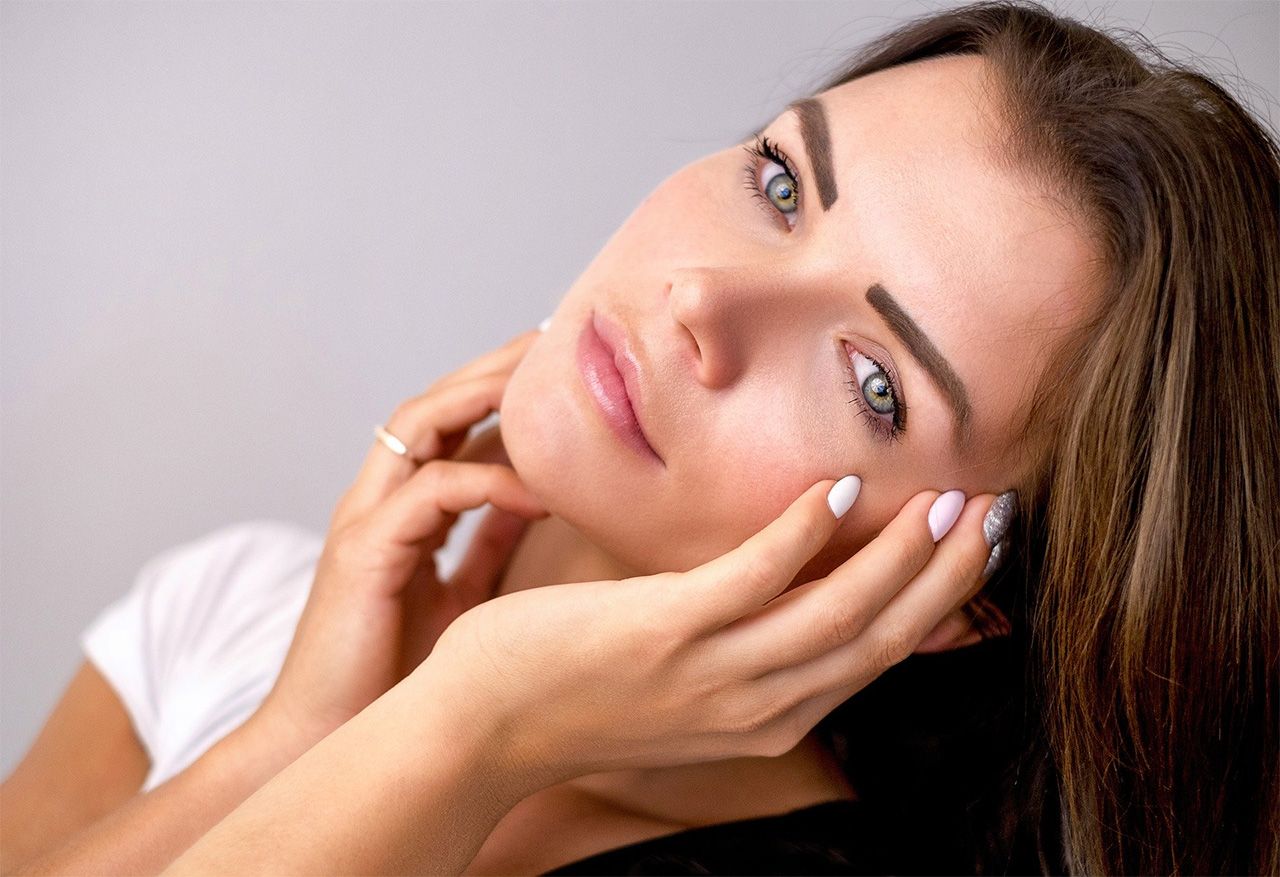Surgical treatment of bothersome changes in skin appearance
A beauty mark can certainly give an otherwise flawless, even complexion that distinctive touch – the famous faces of Marilyn Monroe and Cindy Crawford have proven that. Often, however, moles and similar lesions are located on parts of the body where they are perceived as bothersome and can draw unwanted attention due to their size or raised shape.
Color differences in the skin, which are mostly caused by strong pigment formation, and especially scars that indicate traces of an injury, can also lead affected individuals to feel burdened by their constant presence and to avoid public situations. Even invisible skin changes can be irritating when warts and similar lesions sit in places on the body where they constantly interfere with movement or contact with clothing, etc.
Dr. Christoph Jethon offers various dermatologic surgical treatment methods at PraxisClinic Jadore to successfully remove moles, tumors and scars. In agreement with your wishes and expectations, he always selects the method that is both the gentlest and the most suitable to free you from these disfiguring skin changes.
Dr. Jethon surgically treats the following skin changes at PraxisClinic Jadore:
- Age spots as well as pigment and sun spots
- Moles
- Skin tumors and warts
- Scars
Depending on the type of skin change, Dr. Christoph Jethon uses the following procedures for correction:
- Surgical excision with a scalpel
- Ablation with the Plasma Pen
- Treatment by medical needling
Age spots and similar discolorations of the skin
Age spots, also called pigment or sun spots, are dark discolorations in the upper skin layer that can occur increasingly with age. These spots preferably appear on areas of the body that are most exposed to sunlight – especially the face, but also the back of the hands, on the chest for women who prefer low‑cut clothing, and for balding men often also on the scalp.
These brown spots are caused by a pigment disorder of the skin due to increased sun exposure: the body then produces too much of the pigment melanin, so that the upper skin layer becomes brownish. Such pigment spots are usually a late consequence of excessive sunbathing. Depending on skin type and genetic predisposition, but also on individual metabolism, lifestyle and age, these spots appear differently in each person.
Dr. Christoph Jethon removes bothersome age and pigment spots on a case‑by‑case basis either with a scalpel or with a Plasma Pen. Dr. Jethon determines the method individually according to the type of discoloration.
Moles and naevi
Moles, also referred to as naevi, belong to the group of so‑called brown skin spots. They are often present from birth but can also develop later in life.
They are usually darker, flat or nodular pigment spots made up of the skin pigment melanin. They are generally harmless and hardly change in size or appearance. However, constant irritation in areas such as the belt region, on the soles of the feet and palms, etc., or excessive sun exposure can cause moles to change and begin to overgrow.
Treatment methods for removing bothersome moles
Dr. Christoph Jethon removes such moles, depending on size and type, with a scalpel or with the Plasma Pen. The choice of method is determined by Dr. Jethon after a thorough examination of the skin change in personal consultation with you.
Skin tumors
Although the term "tumor" suggests a malignant overgrowth of skin tissue, most skin tumors that occur are benign and are purely cosmetic concerns. Various types of non‑inflammatory moles are also medically classified as tumors. Unlike darker moles, they can appear pathological due to their conspicuous shape and often reddish coloration and can significantly affect the aesthetic appearance.
Skin tumors arise from new tissue formation in various skin layers or on the skin surface. The most common trigger for the formation of a skin tumor is excessive exposure to UV rays due to too much sunbathing without protective creams. Many such skin growths are also genetically determined, caused by viruses, or related to a general illness of the person.
Surgical removal of skin tumors
After surgical removal, a laboratory examination (histology) of the tissue is advisable to diagnose whether the skin tumor was benign or malignant. Dr. Christoph Jethon removes skin tumors with a scalpel, which he skillfully guides around the affected area to excise the tissue.
Correction of scars
Scars are the visible sign of a healed wound, which can result from a burn or injury, but also from conditions such as acne or an intentional surgical procedure.
Depending on their size, scars can also be painful and even restrict mobility; if they are located in a highly visible area such as the face or neck, many affected individuals primarily perceive this as an aesthetic impairment because they feel stigmatized. A prominent scar can therefore significantly reduce self‑esteem and cause long‑term psychological distress.
Scars are the result of a natural wound‑healing process; the tissue newly formed by the skin cells is richer in fibers and less elastic than the original tissue. Depending on the type of injury, scars differ in thickness and size, as well as in certain irritative reactions, such as itching or constant tightness of the skin.
Surgical correction of scars
Depending on the shape and size of a scar, Dr. Christoph Jethon chooses the most suitable method to reduce scar bulk or to lessen tissue contracture: he either uses medical needling to stimulate the formation of new skin or removes a larger scar with a scalpel. Some scars can also be treated with a targeted, locally limited injection of cortisone.
Which treatment method is suitable for which skin lesion?
For the surgical correction of the described skin changes, Dr. Christoph Jethon uses the following proven methods at PraxisClinic Jadore. Due to his many years of experience in skin surgery and his aesthetic sensibility, he always selects the most effective and at the same time the gentlest procedure to achieve an optimal and sustainable result:
Excision (surgical removal) with the scalpel
The use of the scalpel is the classic method to remove certain types of age spots and moles, as well as skin tumors and scars. This surgical procedure is performed on an outpatient basis under local anesthesia and lasts between 30 – 90 minutes depending on the size and number of skin changes to be removed in one session. Especially for scar correction, Dr. Christoph Jethon uses a special incision technique that relieves the wound edges and aligns with the lines of least tissue tension in the skin so that they can reform undisturbed during the healing process. The resulting scars are sutured by Dr. Jethon with special subcutaneous or intradermal sutures. The treated skin area is protected by a dressing.
Checklist for surgical removal with a scalpel
- Duration of the procedure: 30 – 90 minutes
- Outpatient
- Local anesthesia
- Aftercare: protective dressing, nourishing creams
- Socially acceptable: depending on location possibly immediately
- Sports: depending on location possible immediately
Plasma Pen procedure
Dr. Christoph Jethon also removes sun and pigment spots with the Plasma Pen. The ACCOR Cosmetic Corrector works via a plasma generator in which the electrical potential difference between the device and the skin creates a micro‑arc that removes skin tissue contact‑free and at the same time stimulates the skin's natural cellular processes. The Plasma Pen procedure is performed on an outpatient basis and lasts between 15 – 60 minutes.
Checklist for the Plasma Pen procedure
- Duration of the procedure: 15 – 60 minutes
- Outpatient
- Without anesthesia
- Aftercare: nourishing creams
- Socially acceptable: after 2 – 5 days
- Sports: possible immediately
Medical Needling
Dr. Christoph Jethon uses medical needling particularly to treat smaller scars. This procedure increases skin perfusion through many micro‑punctures, thereby improving supply with important nutrients and stimulating self‑regeneration. The medical needling treatment is very gentle and causes only slight swelling and redness of the treated skin area, which subsides after a few days.
Checklist for the Medical Needling procedure
- Duration of the procedure: 15 – 60 minutes
- Outpatient
- Local anesthesia
- Aftercare: nourishing creams
- Short‑term occurrence of swelling and redness
- Socially acceptable: depending on location immediately
What should I observe after a dermatologic surgical procedure?
If the dermatologic surgical procedure at PraxisClinic Jadore requires the application of a protective dressing, you will receive instructions from Dr. Christoph Jethon after the procedure on how to change it and on further aftercare using topical care products.
You should avoid sports and any physical activities that could stress the treated area for the next 7 – 14 days to avoid impairing wound healing.
You should refrain from direct sun exposure outdoors or in a tanning bed for at least 6 months, as UV light in particular can disturb the skin's regeneration process and especially pigment formation. Sauna visits should also be avoided during this time.
Regular smoking and alcohol consumption also impair wound healing. For this reason, you should, if possible, try to pause or completely stop both.


